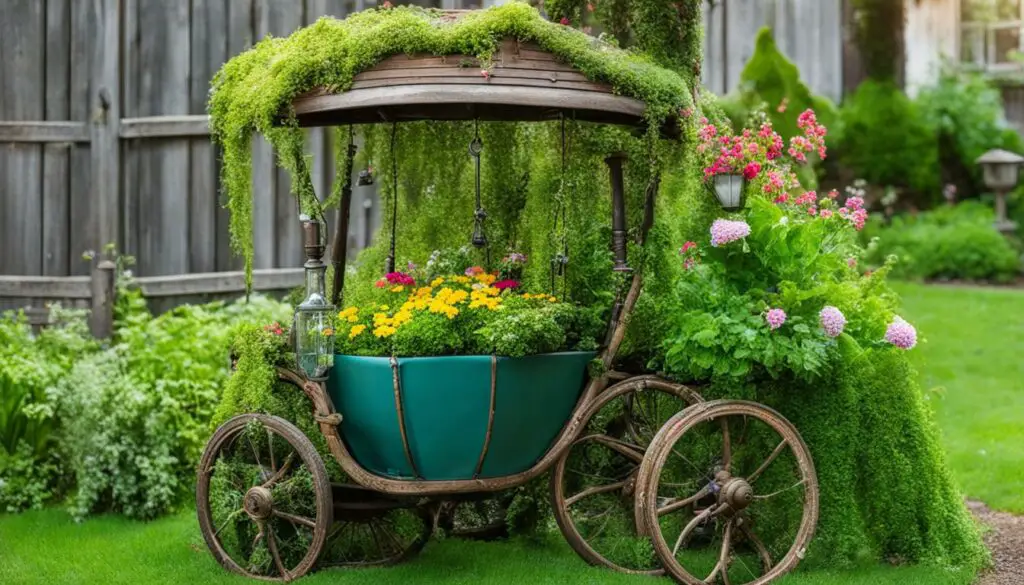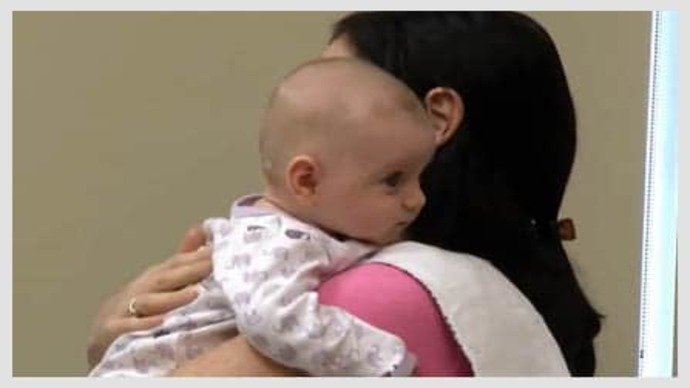Once you are done with the research and finding of the best bottle sterilizer for your baby, there is another issue that you need to consider , i.e. how to clean and sterilize baby bottles. Be it Plastic or glass or stainless steel bottle, you will have to be as methodical as possible to ensure the baby’s health and thereby building immunity for the baby. In this guide we have discussed all that you need to know about the system for cleaning and sterilizing baby bottles using different methods.

Reasons to Clean and Sterilize Baby Bottles
- There are certain infectious microorganisms that are present in Bottles for Breastfed Babies. If that enters into the baby’s body then it can cause serious health issues to the baby which includes diarrhea, vomiting and many more
- The amount of antibodies present in the body of a baby that has been passed from his mom during the last trimester of pregnancy is limited. So the first few months of baby’s life is crucial and a baby can quickly adopt any disease due to the lack of antibodies present in the body.
- The water that is used in the home may not be pure enough and may get contaminate which can lead to life-threatening diseases. So the sterilization of the bottle is absolutely necessary.
How to clean baby bottles after each use
It is mandatory that the bottles, lids and other pieces of equipment that are used to prepare the feed for the baby should be regularly cleaned before and after use.
- As fast as your baby finished the food, it is recommended to wash the bottle, its lid in lukewarm water.
- As for milk bottles, we suggest you to use a brush to clean the bottle and make sure the bottle doesn’t leave any dried milk that usually gets stuck inside the bottle and the cap.
- Whenever you are finished with the cleaning process, again rinse it well with water and allow it to dry in air for some time.
This detailed process of cleaning is absolutely necessary to make sure there are no traces of milk left inside the bottle. But unfortunately, in spite of this cleaning, it is not ensured that the bottle is germ free completely.
Cleaning baby bottles in the dishwasher
When you are using a dishwasher and if you clean the bottles in the hottest water setting, it is believed that the sterilization process is effective.
- First, all the bottle parts should be separated
- All the bottle parts should be cleaned and rinsed properly to get rid of dried milk left inside the bottles.
- Keeping in mind that the items should not fall at the bottom of the dishwasher, all the small parts of the bottle like vents, nipples, lid etc should be kept in a dishwasher safe bowl.
- It is recommended to run the dishwasher in sanitizing mode for better results.
- To make the things dry after a wash, empty the dishwasher bowl and place all the parts including the bottle in a clean cloth to make it dry.
Cleaning baby bottles by hand
It is recommended that when you are trying to clean bottles by hand, clean all the parts of a bottle in a separate and special container so that the bottle and parts don’t come in direct contact with the sink or basin to avoid contamination. It is advisable to keep a separate brush and separate utensils for cleaning the bottles which is kept exclusively for cleaning purpose of baby bottles.
- Use clean and bare hands.
- Separate and clean each and every part of the bottles effectively under running hot water so that no remains of milk are left in the bottles. Also, make sure that the bottle doesn’t come in contact with the sink.
- Using a bottle brush, clean the bottles and its parts thoroughly and effectively, so that it gets cleaned till the bottom of the bottle.
- Clean the nipples with hot water and flush water from within the nozzles to make sure the nozzles are not blocked in any way.
- Once again rinse the bottles parts and nipples in water.
- Allow these to dry in air.

Sterilizing baby bottles
By sterilization, we mean disinfecting the germs inside a bottle by cleaning each and every part of the bottle.
During the first year of baby’s life, sterilization of bottles is thoroughly recommended to ensure safety and hygiene. It is applicable whether the mother is bottle feeding her baby or using breast milk for the purpose.
There are various ways of sterilizing the baby’s bottles along with its parts. Here’s how to sterilize feeding equipment:
Sterilizing baby bottles by Boiling
By using the boiling process it is ensured that no germs are left over in the bottle, by raising the temperature to high level.
- After cleaning, place the bottles and its parts in a separate saucepan (kept exclusively for baby bottle cleaning propose) over the stove burner.
- To ensure no air bubbles will be found, add enough quantity of water in the saucepan to cover the bottles and the parts of bottles.
- Quickly boil the water in a high temp for 5-6 mins. Over boiling baby bottles should be avoided.
- Turn the gas stove off and give time to the water to get sufficiently cool.
- Next clean and disinfect the area where you are about to keep the bottles and wash your hands before handling the bottle.
- Pick the bottles from the saucepan and shake it well to drain out the excess water.
- If you are not planning to use the bottles within next 24 hrs, put the cap and lid into the bottle and keep it in a separate container in the refrigerator.
- When planning for use after 24 hrs, boil the bottle and parts again before using it for the baby

Sterilizing baby bottles with Chemicals
The next process is sterilization by the chemical process. The chemical sterilizers come in the form of liquid or tablet which we need to dilute in water while sterilizing to make the disinfection process of bottles perfect.
- Before starting, do follow the instructions given by the manufacturers of the chemical sterilizers to prepare the sterilizing solution.
- Make the bottle and its parts separate and place those in the sterilizing solution. Bottle and its parts should be in a position that it remains under the sterilizing solution so that no air bubbles form.
- Keep the equipment pieces in the solution for the required amount of time of app. 30-35 mins (check manufacturers instruction for the time)
- Now, pick the bottle and its parts from the solution and drain them.
- You should not rinse the sterilizing solution as there is a chance of germs to get exposed again.
- Then clean the bottle and all equipment in soapy warm water and let it dry.
N.B. Dispose the solution after 24 hrs of use.

Sterilizing baby bottles with Steam (microwave or electric sterilizers)
This concept of how to sterilize baby bottles in the microwave is same as the boiling process by raising the temperature to disinfect germs.
- Before you begin the process, make one thing sure that the bottle and the parts are clean enough to begin the sterilization process.
- In the sterilizer, the lid and neck of the bottle must face downward
- Water needs to be added to the sterilizer (amount of water varies from sterilizer to sterilizer. Check manufacturer’s instructions for details)
- Keep the bottle and its parts in the sterilizer until you need them.
- Pick the bottle and parts from the sterilizer and its ready for use.
N.B. If you are not going to use the bottle right then, check the manufacturer’s instructions on how long will you be able to keep it in the sterilizer and when to re-sterilize it for next use.
Safety tips while using Steam sterilizer:
1. Keep the sterilized liquids in attention and keep it away from children
2. Remember that the steam from sterilizer can equally harm you like boiled liquids
3. After usage of chemical sterilizers, keep it away from children
4. When you are planning to handle the sterilized bottles, always wash your hand before that
Sterilizing baby bottles with bleach
The next method for sterilizing baby bottles is the use of bleach. If you do not have -access to hot water or dishwasher, then New Mom Stuff suggests you to sterilize the bottles using bleach.
- For using bleach as a sterilizing agent, use 1 tbsp of in-odorous bleach to app. 15-16 cups of water
- Make the water hot before use.
- Make sure that the bottle and its parts are well placed in the solution (hot water+bleach) so that no air bubble can form.
- Allow the bottle and equipment to soak in the solution for 5-6 mins.
- Remove them from the solution using clean grippers.
- Keep the sterilized equipment in a clean cloth and allow it to dry in air.
N.B. No rinse is required in this process. According to Alabama breastfeeding, when the bottle is set for air drying, the remaining bleach inside the bottle and its parts breaks down and soaked quickly. So there is no chance of harm for the baby.

Sterilizing baby bottles using sterilizing tablets
Are you away from your home?
Don’t have access to the baby bottles and sterilizer?
Chlorine based sterilizing tablets are here to save you and provide you a solution on how to sterilize baby bottles when traveling. These tablets are equally effective in disinfecting the baby bottle and thereby providing an alternate solution for sterilization. If you are using these sterilizing tablets, make sure you follow the manufacturer’s instructions before use.

How Should I sterilize Plastic Baby Bottle?
Baby Bottle Basics: Plastic vs. Glass vs. Disposable vs. Stainless steel
You’ve got 4 basic choices:
1. Plastic baby bottles
Pros
- Easily available
- cheap to purchase
- lightweight in use
- unbreakable
Cons
- Use of chemicals
- not scratch resistant
- risk for melts
- less durable
2. Glass baby bottles
Pros
- No use of chemicals
- scratch resistant
- sanitize your bottles
- work with breast pumps
- durability
Cons
- Expensive
- heavier to use
- breakable
3. Disposable baby bottles
Pros
- Quick cleanup
Cons
- Not environment friendly
- Expensive
- expensive supply of liners
4. Stainless Steel baby bottles
Pros
- Keep milk warm longer
- easy to clean
- scratch resistant
- durable
Cons
- difficult to measure
- hard to find
- expensive
Related: Philips AVENT Electric Sterilizer Vs. Wabi Baby Sterilizer: Which is the Best Bottle Sterilizer?
Frequently Asked Questions on how to sterilize baby bottles by New Moms
What is the difference between cleaning and sterilizing feeding bottles?
The cleaning procedure includes soap and water to wash away germs from the baby bottle but sterilization is considered as an extra step to disinfect the bottle for feeding. It provides an extra layer of protection to germs.
Do I have to sterilize anything other than the bottles and teats?
Yes, when your baby is ready for feeding in bottle, you must wash your hands with soap to make it disinfected. And if you are carrying hot water in a flask to make the feed ready, then you don’t need to sterilize the flask as it is carrying only warm water (as long as the flask is clean). You need to concern about the things that coming in physical contact with the milk.
Till what age do I have to keep sterilizing my baby’s bottles?
To make it precise on when to stop sterilizing baby bottles, it’s up to 1 year that you need to sterilize the bottles. Germs and infections grow very quickly and easily in milk which can cause severe health issues to the baby like diarrhea, gastric trouble and more. So its recommended that, you sterilize the bottles until your baby turns 1.
N.B. On a safety note, it’s better to sterilize the baby bottles until the baby stops taking milk from bottles.
How Often Should I Sterilize Feeding Bottles? Is Washing With Soap And Water Enough For Daily Use?
No need to complicate things that don’t need to be regarding how often to sterilize baby bottles. If you or your baby develop thrush then the bottles need to be put in dishwasher once in a day. According to almost all the pediatricians that no matter what you do or what process you are applying to make bottles sterilize, it doesn’t remain sterilized whenever you touch it. To make it clear, if you are sterilizing a bottle in boiling water, it is sterile until it is submerged in the boiling water. The moment you take it off from the water it no longer remains sterile.






